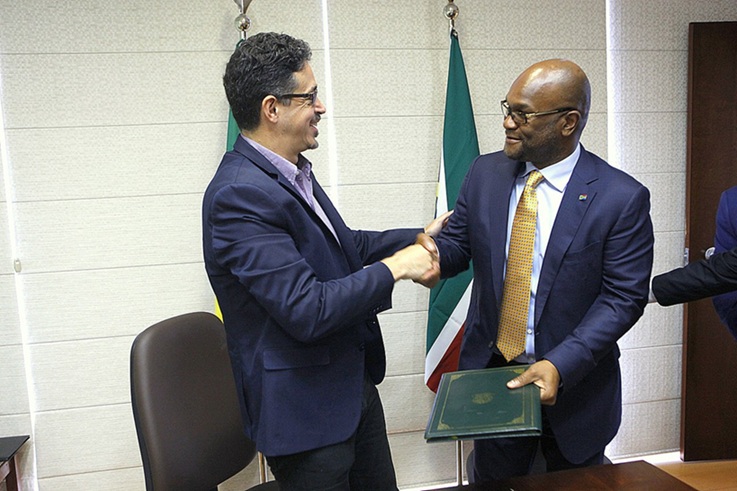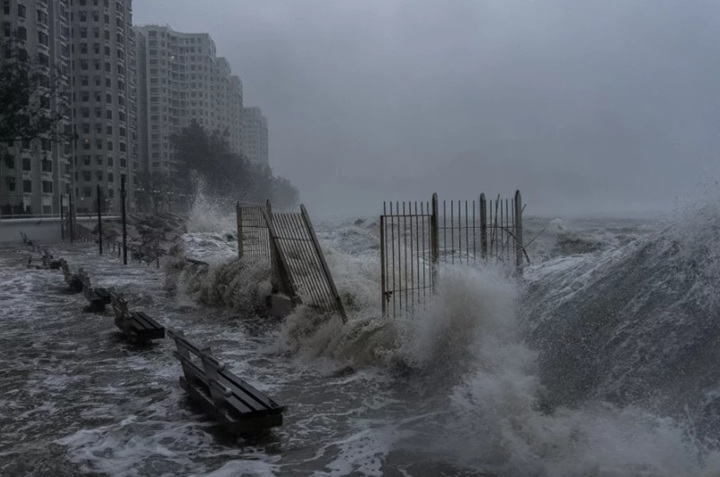Storm Daniel, which has ravaged Libya, a nation already entangled in a prolonged struggle with conflict and economic turmoil, has left behind a devastating catastrophe. The dire situation on the ground, coupled with limited resources for search and rescue efforts, has raised concerns among experts. They emphasize that humanitarian partners will require tens of millions of dollars to adequately address the pressing needs of those affected.
The UN Development Programme has made a pressing appeal, stating that “humanitarian partners are seeking $71.4 million to address the most urgent requirements of 250,000 individuals, out of an estimated 884,000 people in need, for the next three months.” Roula Abubaker, a spokesperson for UNDP, has revealed that the organization is currently in the process of collecting data from their mission on the ground to ascertain the complete extent of the damage.
The World Health Organization reports a grim toll, with over 3,000 people already confirmed dead and more than 9,000 individuals still missing, a figure anticipated to climb further. However, it is worth noting that verifying these numbers has proven to be a challenging task. In parallel, the International Organization for Migration estimates that a staggering 40,000 people have been displaced internally due to the havoc wreaked by the storm. Meanwhile, medical facilities are struggling to provide essential care to civilians, and morgues are grappling with a shortage of space to accommodate the deceased.
An uncommon Mediterranean hurricane wrought havoc as it tore through various cities in Libya’s eastern regions, including Derna, Soussa, Benghazi, Albayda, and several others, leaving a trail of destruction in its wake. The hurricane made landfall, unleashing devastating flash floods and torrential rainfall, which resulted in the collapse of critical infrastructure and numerous homes. Storm Daniel initially formed in early September over Greece, causing casualties in its path, before progressing through Turkey, Bulgaria, and eventually North Africa.
Since the downfall of the long-standing dictator Moammar Gadhafi in 2011, Libya’s government has been embroiled in a persistent state of conflict. Gadhafi, who had governed the oil-rich North African nation for four decades, left a power vacuum in his wake. In 2014, escalating tensions fueled by the emergence of militias led to a division of the government into two administrations. One of these administrations is located in the eastern part of the country, while the other holds sway in the capital city, Tripoli.
Although a ceasefire was successfully negotiated in 2020, Libya remains deeply fractured. The formation of the Government of National Unity in Tripoli in 2021 aimed to reconcile these divisions, but the country’s underlying fragmentation still persists, casting a shadow over hopes for stability.
Abdul Hamid Dbeibeh currently serves as the internationally recognized Prime Minister, operating from Benghazi. However, in 2022, a competing government emerged in the eastern region, known as the Government of National Stability. This development has led to a situation where two distinct factions are competing for authority and influence.
Last Thursday, an emergency meeting was convened by the Central Bank of Libya to address the support required for the affected areas. Via X, formerly known as Twitter, the bank disclosed the outcomes of this meeting, stating, “The committee reached a number of recommendations, the most crucial being the establishment of a dedicated bank account within the Central Bank of Libya to receive donations from commercial banks.” It’s worth noting that the financial institution had previously operated as two separate entities for nearly a decade before reunifying in August.
Since the downfall of Gadhafi, Libya’s economy has grappled with decentralization, but its vast reserves of oil and gas, the largest in Africa, continue to be the primary source of revenue. Despite the initial closure of terminals, the storm has not adversely affected Libya’s oil production, which stands at approximately 1.2 million barrels per day. The World Bank has projected a potential improvement in economic growth for the country this year, contingent on financial contributions and a cessation of conflicts.
While the International Monetary Fund (IMF) has not yet officially announced financial aid, Managing Director Kristalina Georgieva conveyed the IMF’s readiness to provide any necessary assistance to Libyan authorities via a tweet, stating, “The IMF stands ready to provide the Libyan authorities any assistance they may need.” It’s noteworthy that the IMF resumed its surveillance of Libya in June after a decade-long hiatus.
According to Libya specialist Jalel Harchaoui, the road to recovery for Derna is going to be costly. Although the Tripoli authorities have allocated 2.5 billion dinars ($51 million) for rebuilding, Harchaoui believes this amount, while significant, falls far short of what’s needed to address the extensive damage. He suggests that to rebuild all the other municipalities, this figure would need to be multiplied by 10 or 20 times.
UN Secretary General for Humanitarian Affairs and Emergency Relief Coordinator Martin Griffiths recently announced a $10 million emergency financial aid package for Libya, with additional support pledged by various countries including the EU, U.S., UK, Egypt, Qatar, Jordan, Tunisia, Kuwait, Turkey, Italy, and the United Arab Emirates. However, Harchaoui remains skeptical, stating that unless they can secure around $5 billion dinars, the prospects for a dignified reconstruction effort in Libya appear uncertain.
(Source: Dalya Al Masri | CNBC | Ayman Al-Warfali | Ahmed Elumami | Reuters)









